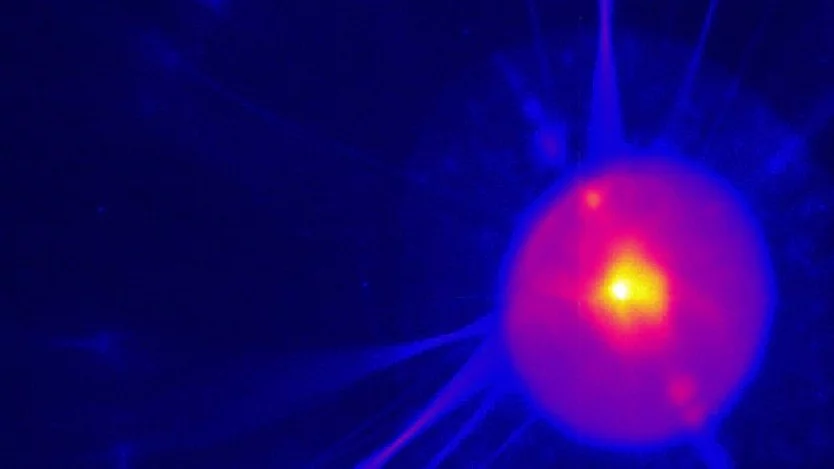A nucleation point of PSI competences towards the quantum technology initiative.

PSI's expertise in the study of quantum matter and engineering of nanoelectronics is directly connected to the availability of world-class large-scale facilities, such as the SINQ neutron and SµS muon source, the SLS synchrotron and the SwissFEL x-ray free-electron laser.
The Quantum Technology Collaboration at PSI (QTC@PSI) serves as a platform to coalesce key competences and know-how (imaging, spectroscopy, sample synthesis, nanofabrication and theory) that will lead to the development of components required to implement quantum technology in everyday life. Critical expertise in nanofabrication, optical amplifiers & microwave technology, metrology, cryogenics & magnet engineering, as well as detector technology exist at PSI today. This combination of scientific excellence in materials science and quantum materials along with the technological know-how and large scale facilities means PSI is uniquely positioned to make significant contributions to the quantum revolution that now is unfolding worldwide.
Latest News
A new dimension of complexity for layered magnetic materials
X-rays reveal magnetic phenomena driven by interactions between the layers of a kagome ferromagnet
Einzigartiger Quantensimulator öffnet Tür zu neuer Forschung
Physiker des PSI und Google haben einen neuartigen digital-analogen Quantensimulator gebaut.
Neat, precise and brighter than ever
Researchers at SwissFEL succeed in improving the temporal coherence of XFEL pulses
New benchmark helps solve the hardest quantum problems
Quantum many-body problems involve the highly complicated process of predicting the behaviour of many interacting quantum particles. A newly developed benchmark helps to solve these problems.
Kagome breaks the rules at record breaking temperatures
Discovery of quantum phenomenon at accessible temperatures could be useful for quantum technologies.
Magnetismus in dünnen Schichten: Ein Elektron macht den Unterschied
Ein wichtiger Schritt zu neuartigen Computerspeichern





